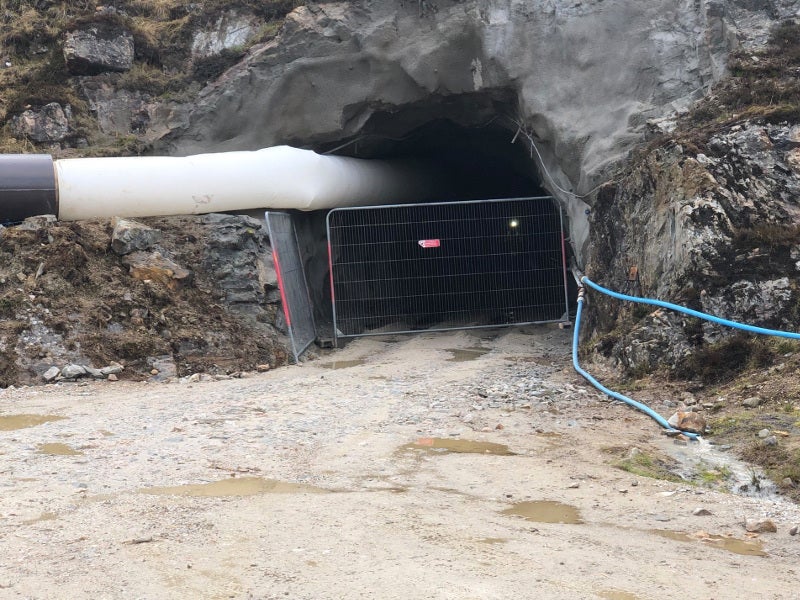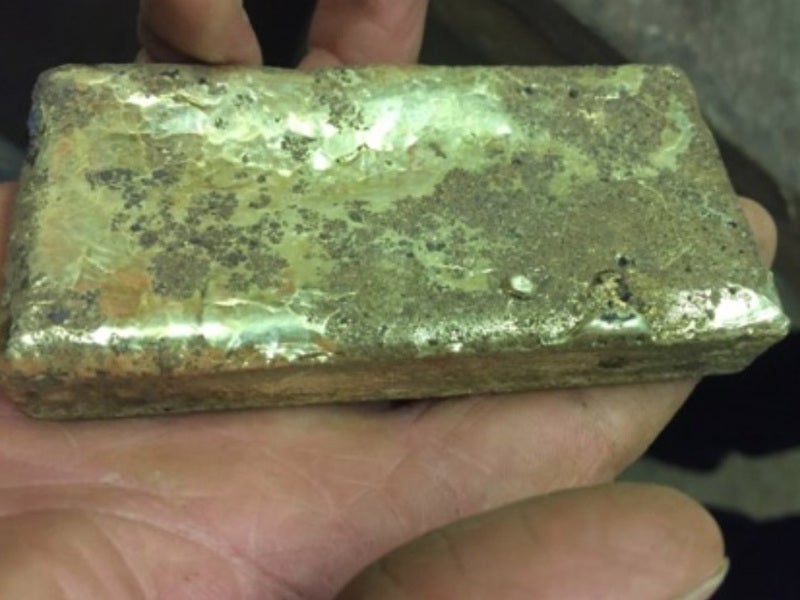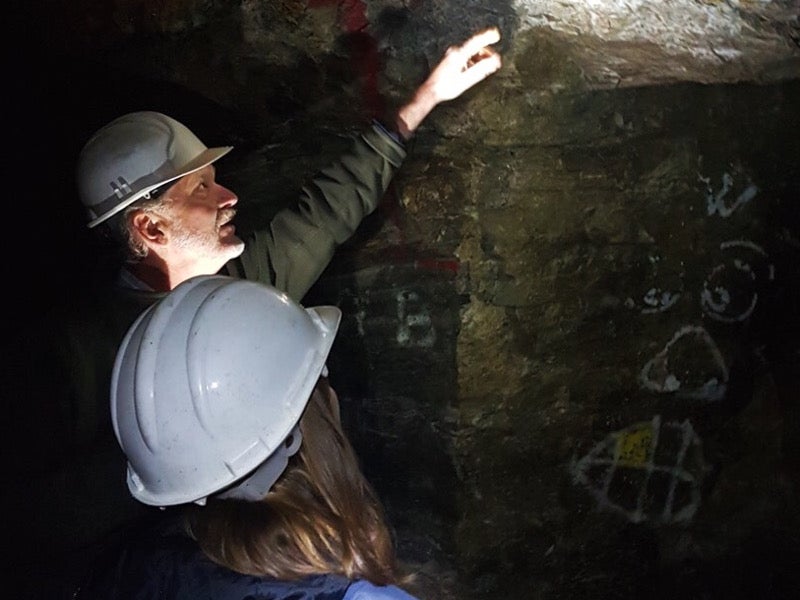The Cononish gold and silver mine in the Grampian Highlands of mid-western Scotland is owned by Scotgold Resources.
It forms the economic base of Scotgold’s Grampian Project, which aims to identify gold and base metal resources within the Grampian Terrane.
The Board of the Loch Lomond and the Trossachs National Parks (NPA) issued the decision notice that authorises planning permission for the development of the project in February 2012.
Scotgold accesses the Cononish mine under a lease agreement with the Crown Estate Commissioners. The agreement allows the company to mine the property for ten years from the completion of the planning phase.
The project is being developed in two phases, of which phase one is yet to be started for scheduled completion in February 2022. The second phase will start in March 2022.
The Cononish gold and silver mine is expected to produce 23,370oz of gold equivalent a year upon its commissioning in February 2020.
Cononish gold mine location, geology and mineralisation
The deposit is situated in the Cononish farm near Tyndrum, on the north-western boundary of the Loch Lomond and Trossachs National Park, approximately 90km from Glasgow.
It contains an early-stage Palaeozoic quartz vein structure arranged into multiple sediments of Proterozoic metamorphic rocks.
The mineralisation is associated with a narrow vertical quartz-carbonate vein trending North East-South West. Gold occurs as electrum, while silver is found in telluride mineral, which also contains minor native gold and silver.
Cononish gold-silver mine reserves
The proven and probable reserves of Cononish mine are estimated to be 555 million tonnes (Mt) of ore, grading at 11.8g/t of gold (Au) and 47.7g/t of silver (Ag).
The contained metal is estimated to be 198,000oz of gold and 851,000oz of silver.
Mining at Cononish gold mine
The Cononish underground mine uses long-hole open stopping (LHOS) method employing conventional trackless fleet, including production drill rigs, a roof bolter and scaler, front-end loaders, and articulated dump trucks.
The fleet enters the level one from the existing adit, through an access crosscut. Ore drives are created to the point of the mining block, which is split into stopes with a maximum span of 80m. Each stope is separated by a 4m-wide rib pillar, where the payable zone extends over the strike length of 80m.
Blasted ore and waste is loaded in the front end loaders which will haul the rock to either an ore pass tipping point, a re-muck bay or into a truck. The ore is then transported by the truck fleet to the surface of run-of-mine (ROM) pad. The waste is dumped to either the surface waste dump area or into underground stope voids.
Mining Equipment
The mine employs a variety of equipment, both motorised and stationary. At peak production the mine will operate: 2 single boom drill rigs, 2 LHD’s, 2 low profile dump trucks, in addition to a roof bolter and scaler
Processing
The surface-based Cononish processing plant is being developed in two phases. Phase one will have an annual processing capacity of 36,000t while phase two will double the capacity to 72,000t a year.
The plant will consist of crushing, grinding, gravity concentration, as well as froth flotation and dewatering sections. The ROM ore will be crushed in the primary jaw crusher and sent for screening.
The oversized materials will be further crushed in the secondary jaw crushers and fed to the screen. The undersized materials will be sent to the fine ore bin, before being fed into a wet ball mill operating in closed circuit with a hydrocyclone.
A portion of the hydrocyclone underflow will be returned to the ball mill while the remainder will reach the gravity concentration circuit equipped with a Knelson centrifugal separator and a conventional shaking table.
The gravity concentrate will undergo smelting to produce gold dore while tailings from the gravity concentration circuit will be directed to the ball mill.
The hydrocyclone overflow will be transferred to froth flotation circuit integrating rougher, scavenger, and cleaner stages. The circuit will produce sulphide concentrate and the cleaner concentrate will be dewatered in a pressure filter and shipped off site for further treatment.
The flotation tailings will be dewatered and directed to the tailings management facility (TMF) for dry stacking.
The Cononish processing plant is estimated to recover 93% Au and 90% Ag.
Infrastructure
The Cononish gold and silver mine is accessed through an unpaved road, which links the site to A82 road passing through Dalrigh junction, which lies 1.6km to the south-east of Tyndrum.
The site features modular structures, including offices, assay and workshop, as well as change rooms and lunch rooms pre-fitted with lighting, power points, and toilet units. The storage units at the site are made using standard shipping containers.
The mine uses groundwater generated from the existing mine excavations. A new transmission line will be laid to supply power to the site from a 33kV overhead line alongside the A82.
The communication systems at the mine include a leaky feeder radio system for the communication during production and a telephone system for non-production/emergency situations.
Contractors involved
The bankable feasibility study for the gold and silver project was completed by Bara Consulting in March 2015. An update to the study was published in March 2017.






